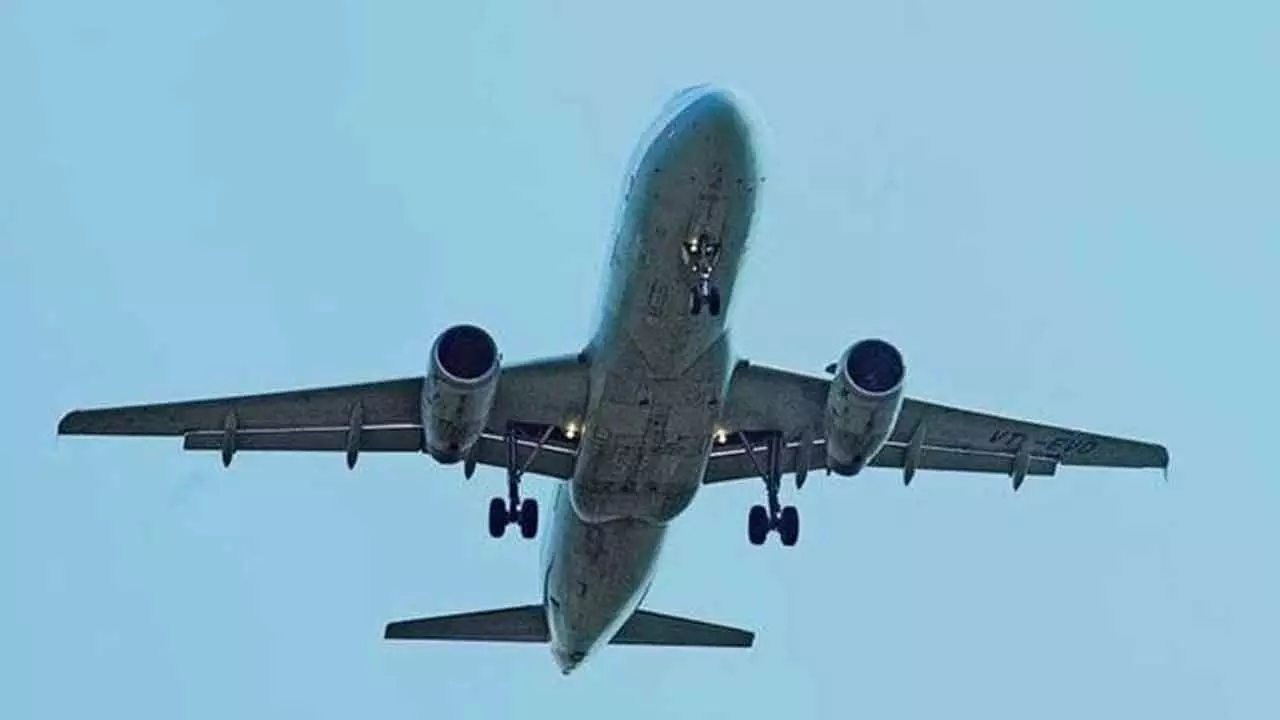Global Aviation Soars To Record Highs, But Turbulence Lies Ahead
Aviation industry, both globally and in India, stands at a pivotal crossroads—achieving historic milestones in traffic and revenue, while simultaneously navigating an increasingly complex landscape
Global Aviation Soars To Record Highs, But Turbulence Lies Ahead

For India, this moment presents a rare opportunity. As global dynamics shift—most notably the US-China trade friction—Indian airlines could benefit significantly by acquiring much-needed aircraft and easing supply pressures. But to fully realize this potential, stakeholders must align market forces with infrastructure growth, support free-market pricing, and prioritize financial sustainability
Despite record-breaking passenger numbers and revenues in 2025, the aviation industry faces significant challenges, including geopolitical instability, rising fuel costs, labour shortages and supply chain disruptions. Navigating these hurdles will be crucial for sustaining growth and long-term resilience.
The global aviation industry is set to achieve historic milestones in 2025, yet it faces a range of formidable challenges. With passenger traffic projected to surpass 5.2 billion and industry revenues expected to exceed $1 trillion for the first time, the sector is experiencing a strong post-pandemic recovery. According to the International Air Transport Association (IATA), airlines are on track to generate a net profit of $36.6 billion in 2025, up from $31.5 billion in 2024. This growth is fuelled by increasing leisure travel, expanding business connections and a thriving international tourism market. However, total industry costs are expected to increase by 4.0 percent to $940 billion, resulting in an operating profit of $67.5 billion – a net operating margin of 6.7 percent.
China's directive to its airlines to avoid purchasing Boeing aircraft—issued in response to US President Donald Trump's 145% tariffs—may benefit Indian carriers struggling with aircraft acquisition due to global supply chain constraints.
Around 100 Boeing 737 MAX aircraft, which Air India Express and Akasa are awaiting, and 11 Boeing 787 Dreamliners listed in Air India’s order book are currently pending delivery to Chinese airlines.
“We anticipate that some of these aircraft, originally intended for Chinese carriers, will be redirected to Indian customers. A similar situation occurred in the past year or two, when ‘white tails’—aircraft manufactured for specific customers but acquired by others—were allocated to Air India Express and Akasa,” said airline industry experts.
Last year, Air India Express acquired 25 white-tail MAX jets, with another 25 on the way. The airline may be able to secure additional whitetails or custom-built aircraft amid the latest US-China tariff dispute. Indian air carriers stand to gain from the escalating US-China trade war, with Boeing likely to deliver up to 20 additional planes this year after Beijing recently ordered its airlines not to take further deliveries from the American planemaker.
The Chinese government’s order, not announced formally, is in response to the worsening tariff war with Washington, which has slapped 145 percent tariffs on imports from China.
For Indian airlines, the timing couldn’t be better. With passenger traffic booming and fleet expansion underway, more aircraft would help ease delivery bottlenecks and a shortage of aircraft.
Meanwhile, Airbus continues to operate two final assembly lines for its popular A320 single-aisle family.China could now turn to Airbus to increase aircraft supply to its carriers.
Due to Boeing’s delayed deliveries, Akasa—India’s newest airline—is currently employing more pilots than it needs, leading to discontent among idle cockpit crews.
However, both Akasa and Tata Group-owned Air India Express have the financial strength to absorb additional aircraft, should they become available.
As requested by the original customers, these low-cost carriers added white-tail aircraft configured with multiple rows of forward-facing 2x2 business-class seats.They accepted Boeing’s available inventory, which has been significantly affected by a series of production challenges.
India is the cheapest country for air travel amongst all the above countries. It is also seen that the average fare per km in India is INR 5/km compared to an average cost of INR 16/km for the countries like Indonesia, China, USA, Australia and Japan. The analysis also reveals that airfares typically increase as one approaches the departure date in every country.
The momentum built jointly by airlines, airports and other civil aviation stakeholders is evidenced not only by the fact that the Indian air travel market continues in double-digit percentages year on year, but also by the fact that more than 40 airports have been added in India between 2015 and 2023 and that the govt.

